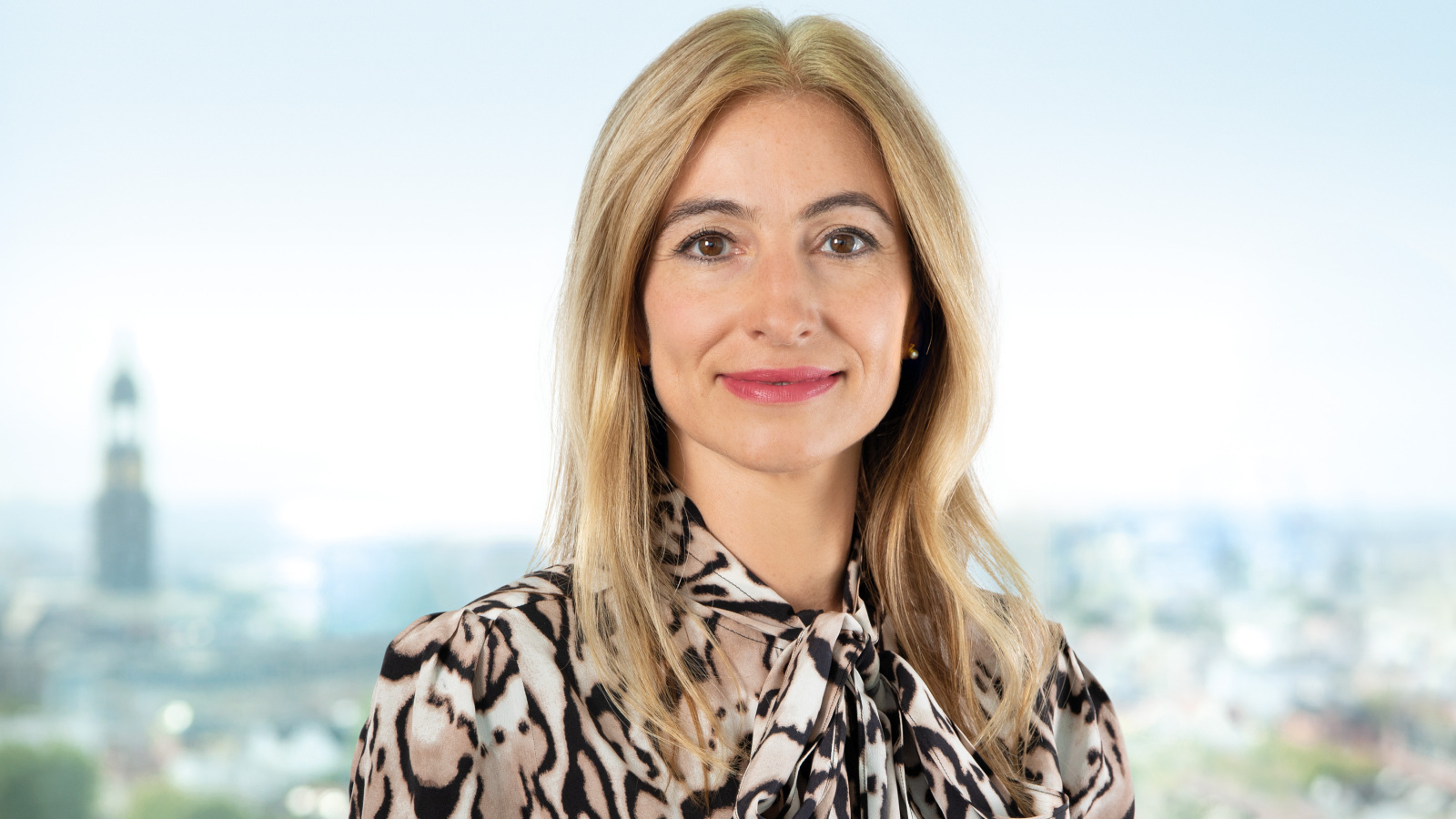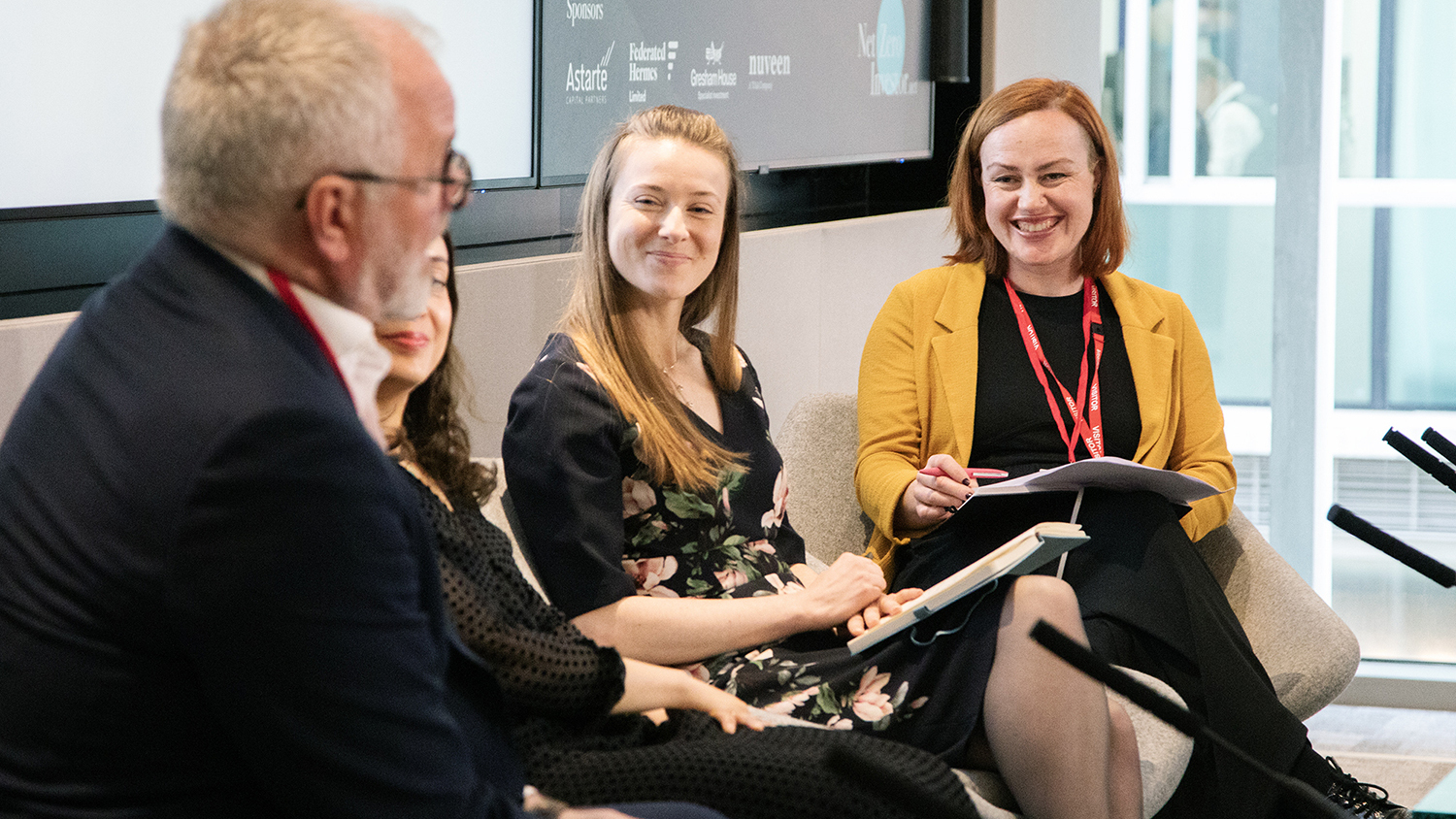
In conversation with GLIL’s Dr Patricia Rodrigues Jenner
The independent member of GLIL’s Infrastructure’s investment committee says there is plenty of capital available to be deployed – as long as governments provide the right investment conditions.
The Covid-19 pandemic, war in Ukraine and the ongoing cost-of-living crisis combine to present a very real threat to progress on the first phase of green infrastructure investment – the mass global deployment of proven technology – according to Dr Patricia Rodrigues Jenner, independent member of GLIL Infrastructure’s investment committee.
There are very real hurdles to mobilising capital for green infrastructure and the pursuit of net zero, says the ESG thought leader, who also serves at various renewable infrastructure investment managers including Aquila Capital, African Infrastructure Investment Managers, and Legal & General Assurance Society.
“The main investment gaps we see are at the development stage and the creation of assets,” she says. “There is no shortage of equity and debt capital ready to be deployed into operational assets, once the lengthier phases around permission, planning and risk have been completed.”
GLIL is a collaborative investment fund backed by two UK Local Government Pension Scheme (LGPS) pools (Local Pensions Partnership and Northern LGPS). It provides exposure to core infrastructure opportunities, predominantly in the UK, and currently has £2.5bn invested in infrastructure projects.
Jenner calls for governments and local authorities to ensure planning and regulatory frameworks are clear, efficient and stable – so that the private sector can innovate and invest in the infrastructure required.
The ongoing electrification of transportation is a clear example of where stumbling blocks can appear. “The existing power networks are simply not keeping pace with the production of electric vehicles, so work needs to be done quickly to build and develop the necessary charging-point infrastructure,” she says.
“The new UK chancellor’s vow to speed up UK infrastructure projects is welcome, as this supports the accelerated delivery of priority major infrastructure projects.”
Approval processes often take up to 12 months, which GLIL is currently finding with investee company Flexion Energy. GLIL invested £150m in Flexion to build out its pipeline of network-connected battery storage devices. It is the infra fund’s eleventh investment.
Jenner says Flexion is working directly with UK local government to find appropriate sites that result in lease payments for councils – but was experiencing delays at the planning permission stage.
Imagine if cities like Jakarta, or highly-populated countries like Bangladesh and Vietnam, flooded. Think about the associated global challenges – like large-scale forced migration and food shortages due to ruined crops – that would come with these events.
Making progress?
In the decade to 2010, the share of renewables in the global power mix increased by just 1.1%. But then growth accelerated, increasing to 3.5% over the next 10 years.
Jenner says that while the rollout was supported by government policies, public understanding and progressively ambitious climate goals, deployment of solar and wind needs to accelerate.
“According to the IEA [International Energy Agency], by 2026 global renewable electricity capacity is forecast to rise more than 60% from 2020 levels to more than 4,800GW. That’s the equivalent of the total global power capacity of fossil fuels and nuclear combined. However, even with this fast deployment, we would still fall well short of what will be needed to meet the target of global net-zero emissions by 2050.”
Meanwhile, Jenner warns we must not neglect the second phase of energy transition: investing in new technologies.
“Pension funds typically cannot participate directly in the unproven technologies’ investment phase due to the risk profile involved. But specialist venture-type investors – often backed by institutional investors – are appropriate sources of capital and help drive innovation and the streamlining of technologies that will be successful in the future.”
Net-zero misconceptions
Relying on existing wind and solar technologies would only take the planet halfway to reaching the target of net zero by 2050, Jenner points out.
Green hydrogen, green methanol, floating wind, floating solar, new types of battery storage, carbon capture and storage, direct air capture, smaller nuclear and cross laminate timber construction are all needed and expected to play a key role in the coming decades.
Energy efficiency is another key factor. Investors, as well as governments and other authorities, have a responsibility to encourage the real estate and construction industries to decarbonise, she says.
“It’s a race against time. Current ‘business-as-usual’ trajectories and commitments are estimated to result in a temperature increase between 2.0°C to 3.6°C by 2100, according to the Climate Action Tracker. The 1.5°C threshold is considered vital to avoid the most extreme effects of climate change.”
According to the UN’s Intergovernmental Panel on Climate Change, half of the global population already lives in threatened territories, and almost four billion people will be affected by climate change.
“Imagine if cities like Jakarta, or highly-populated countries like Bangladesh and Vietnam, flooded. Think about the associated global challenges – like large-scale forced migration and food shortages due to ruined crops – that would come with these events.
“We need to avoid complacency, thinking we have time.”
Energy markets: opportunity for change?
Russia’s invasion of Ukraine has highlighted Europe’s dependence on Russian oil and gas. European countries’ move to renewable energy was already in progress, but at too slow a pace.
The IEA declared solar PV to be the cheapest source of electricity in history in 2020. Jenner adds that, crucially, the cost of batteries and EVs has similarly declined.
Governments’ reactions to the Ukraine crisis are typically focusing on decreasing demand and finding alternatives to Russian supply. For example, Germany is considering whether to delay the closure of nuclear plants scheduled for December 2022, and other governments are considering similarly hard trade-offs.
“However, it is an exciting opportunity as a true net-zero transition implies both the rapid deployment of new low-carbon technologies and more significant systemic changes, for which policy is key. It is critical that governments do not make mistakes with their short-term measures, which could hinder investment momentum or cause market distortions.”




